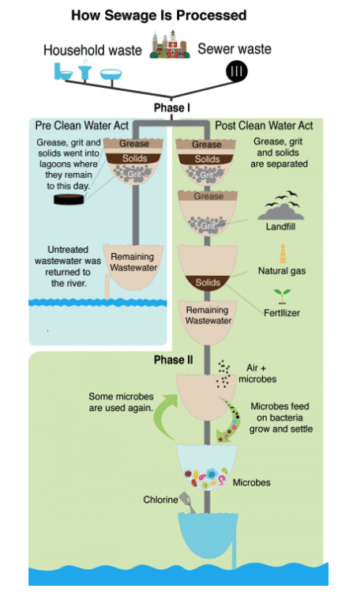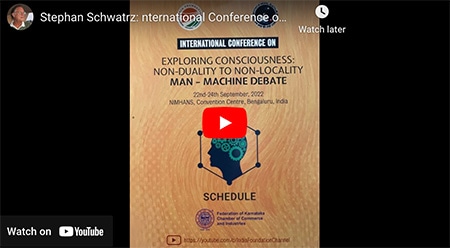
When former regional EPA manager Richard Pepino was studying biology in college in the 1960s, he remembers one of his professors sending his class onto the river to measure the oxygen levels.
“We were getting no readings,” he said. “And so they said, ‘Somebody’s got to tell the professor the machine is broken.’ The machine wasn’t broken. There was no oxygen. How can you support an ecosystem where the amount of oxygen was too low to measure?”
The answer was: You couldn’t. The dead zone on the river ran from Philadelphia to about 25 miles down river in Marcus Hook, Pennsylvania. That made it impossible for migratory fish like shad to breed. They would die on their journey upstream before they could lay their eggs in the upper Delaware.
Once plentiful caviar and sturgeon also disappeared. Combined with losses of shad and other fisheries, that spelled the death of a regional industry once worth hundreds of millions of dollars.
But even for people who didn’t fish, Pepino said for decades, the river just wasn’t a place people wanted to be.
“You look out on […]










